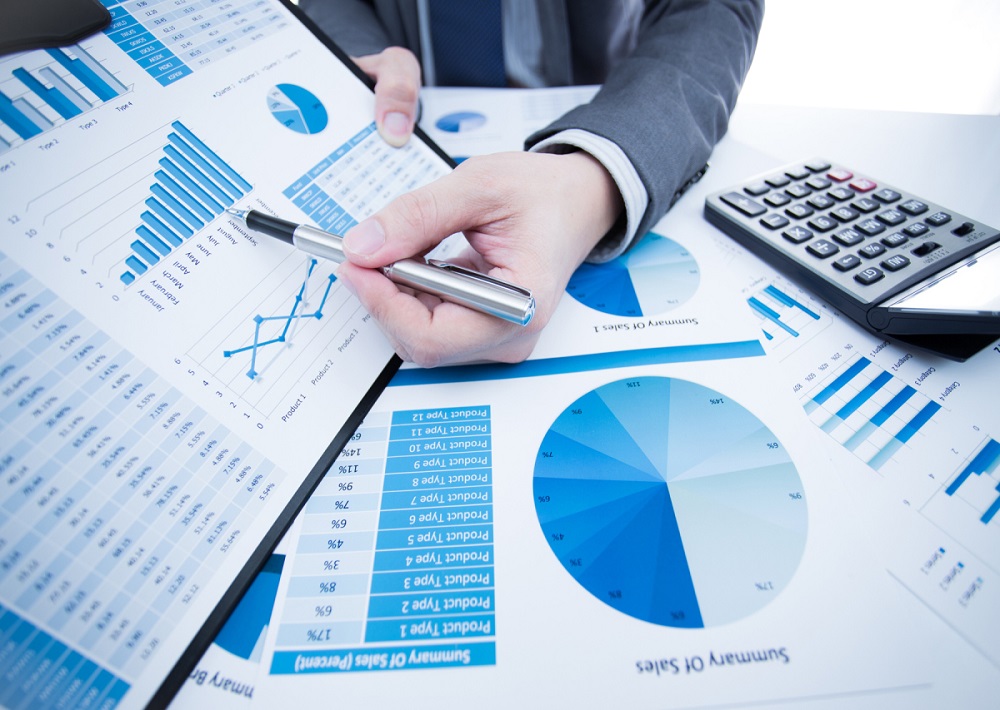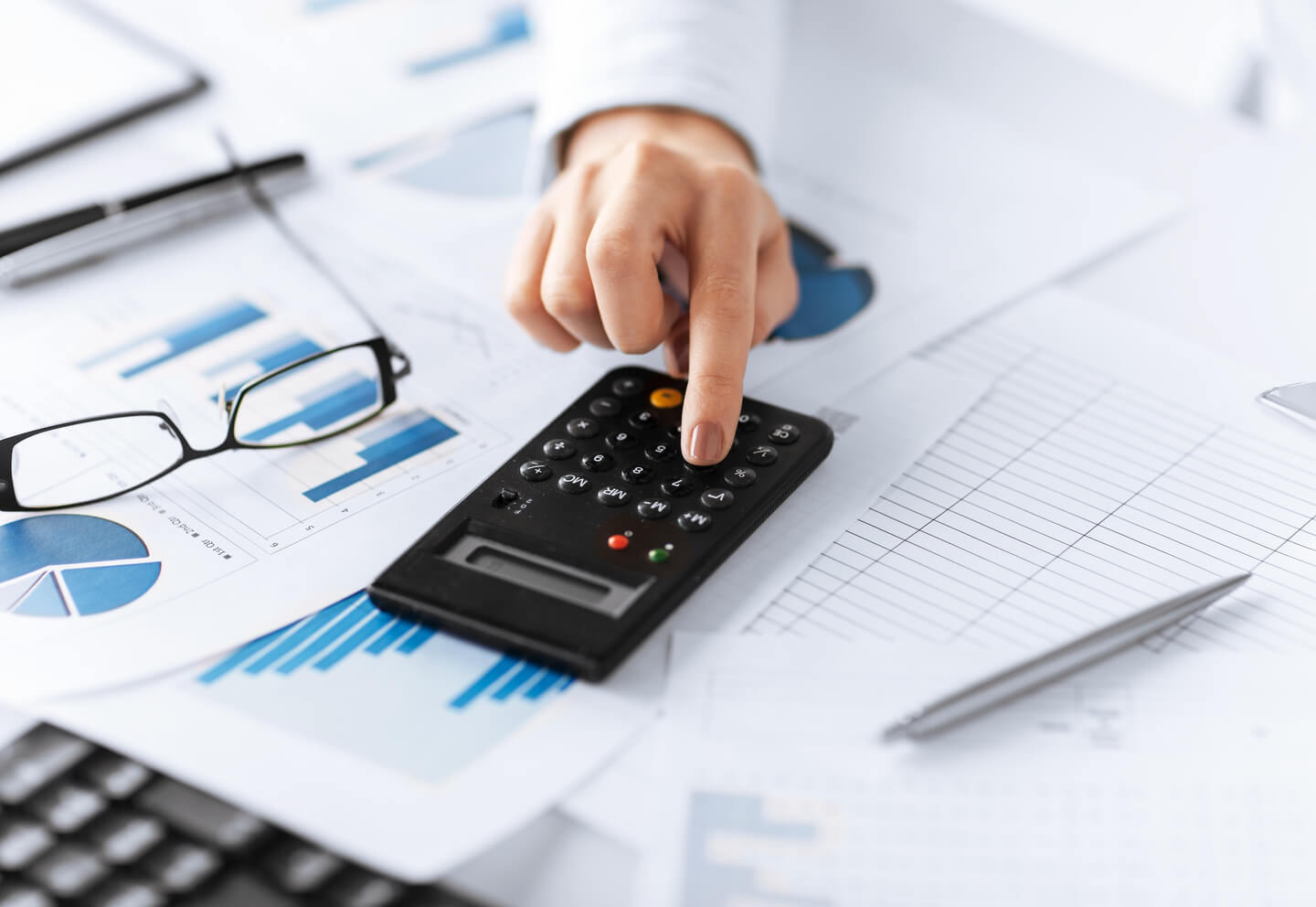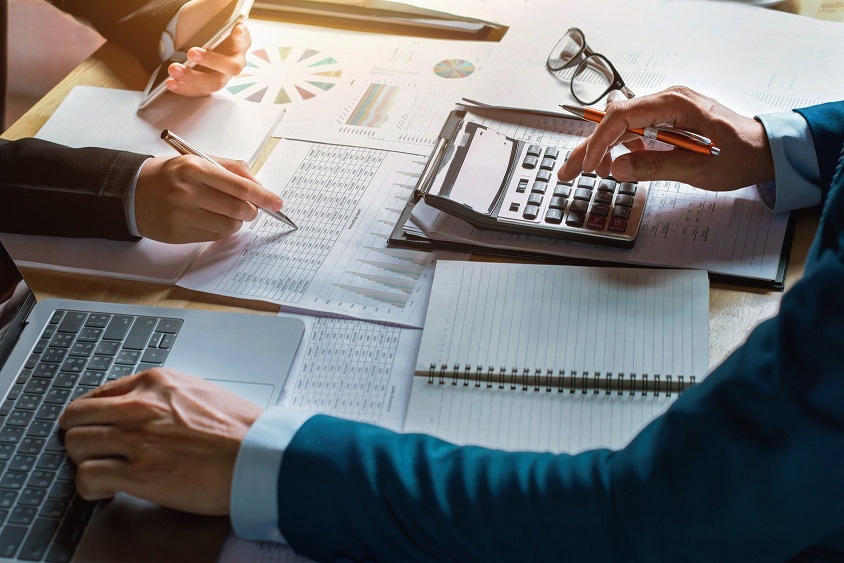Advancements in technology have brought forth a new era of stock trading, with automation and artificial intelligence (AI) playing a significant role in transforming the way traders operate. This article will explore how automation and AI could revolutionise stock trading, empowering traders with powerful tools and capabilities. From algorithmic trading to machine learning-driven strategies, we will explore how technology reshapes the stock trading landscape.
Automation: Enhancing Efficiency and Speed
Automation has revolutionised the execution of trades in stock markets. With the advent of electronic trading platforms and sophisticated order management systems, traders can now execute trades quickly and precisely. Automated trading systems, also known as algorithmic trading, enable traders to define specific rules and conditions for trade execution. These algorithms automatically scan the market, analyse data, and execute trades based on predetermined parameters, eliminating the need for manual intervention. Automation enhances efficiency, minimises human error, and allows for the execution of many trades within milliseconds. You’ll find automated trading platforms from the best online stock broker UK with ease.
Artificial Intelligence: Unleashing Analytical Power
Artificial intelligence has unlocked a wealth of opportunities in stock trading by augmenting analytical capabilities. AI algorithms can process vast amounts of data, identify patterns, and generate insights at an unprecedented scale. Machine learning, a subset of AI, enables algorithms to learn from historical data and adapt to changing market conditions. AI-powered tools can analyse financial statements, news articles, social media sentiment, and other relevant data sources to comprehensively understand market dynamics. These insights can help traders make informed decisions, identify opportunities, and manage risks more effectively.
Quantitative Strategies: Merging Technology and Finance
The integration of technology and finance has given fuel to the rise of quantitative trading strategies. Quantitative traders utilise complex mathematical models, statistical analysis, and computational techniques to develop trading strategies. These strategies are often based on historical data, market trends, and advanced algorithms. By leveraging automation and AI, quantitative traders can execute trades based on data-driven signals, market anomalies, and arbitrage opportunities. The combination of technology, data analysis, and finance has opened doors to new frontiers in trading, allowing for the development of sophisticated strategies that can capitalise on market inefficiencies.
High-Frequency Trading: Speeding Up Transactions
High-frequency trading (HFT) is a subset of algorithmic trading that involves executing many trades within extremely short timeframes. HFT leverages advanced technology, low-latency trading systems, and high-speed connections to gain a competitive edge. HFT algorithms can execute trades within microseconds, exploiting small price differentials and market imbalances. While controversial, HFT has become prevalent in modern markets and accounts for a significant portion of the trading volume. It demonstrates the power of technology to facilitate rapid trade execution and capitalise on fleeting opportunities.
Risk Management and Compliance: Streamlining Processes
Technology has also streamlined risk management and compliance processes in stock trading. Risk management systems can monitor trading activities in real-time, identify potential risks, and trigger risk mitigation measures automatically. Compliance tools can ensure adherence to regulatory requirements, detect suspicious trading patterns, and facilitate reporting and record-keeping. These technological advancements enhance transparency, improve market integrity, and help traders navigate complex regulatory landscapes.
To That End
Automation and AI have revolutionised stock trading, empowering traders with enhanced efficiency, analytical power, and speed. Technology has reshaped how trades and decisions are executed from algorithmic trading to machine learning-driven strategies. As technology evolves, traders must stay abreast of the latest developments and leverage these tools to gain a competitive edge. However, it is crucial to recognise that technology is a tool, and human expertise and judgment remain essential in navigating the complexities of the stock market.
By leveraging the power of automation and AI in stock trading, traders can augment their decision-making processes, uncover hidden insights, and execute trades with precision. However, it is crucial to maintain a balanced approach and understand the limitations of technology. Human expertise, intuition, and critical thinking are essential to successful trading.
As technology advances, automation and AI are expected to play a more significant role in stock trading. Innovations such as natural language processing, sentiment analysis, and advanced predictive models will further enhance traders’ capabilities. Additionally, advancements in cloud computing and high-speed connectivity will improve accessibility and reduce latency, enabling traders to leverage technology from anywhere in the world.
Traders must adapt and embrace these technological advancements while considering the risks involved. Proper risk management, continuous learning, and staying informed about the evolving regulatory landscape are crucial for success in this rapidly changing environment. Ultimately, harnessing the power of automation and AI in stock trading can provide traders with a competitive edge, increased efficiency, and improved decision-making abilities.












